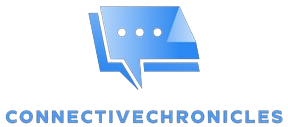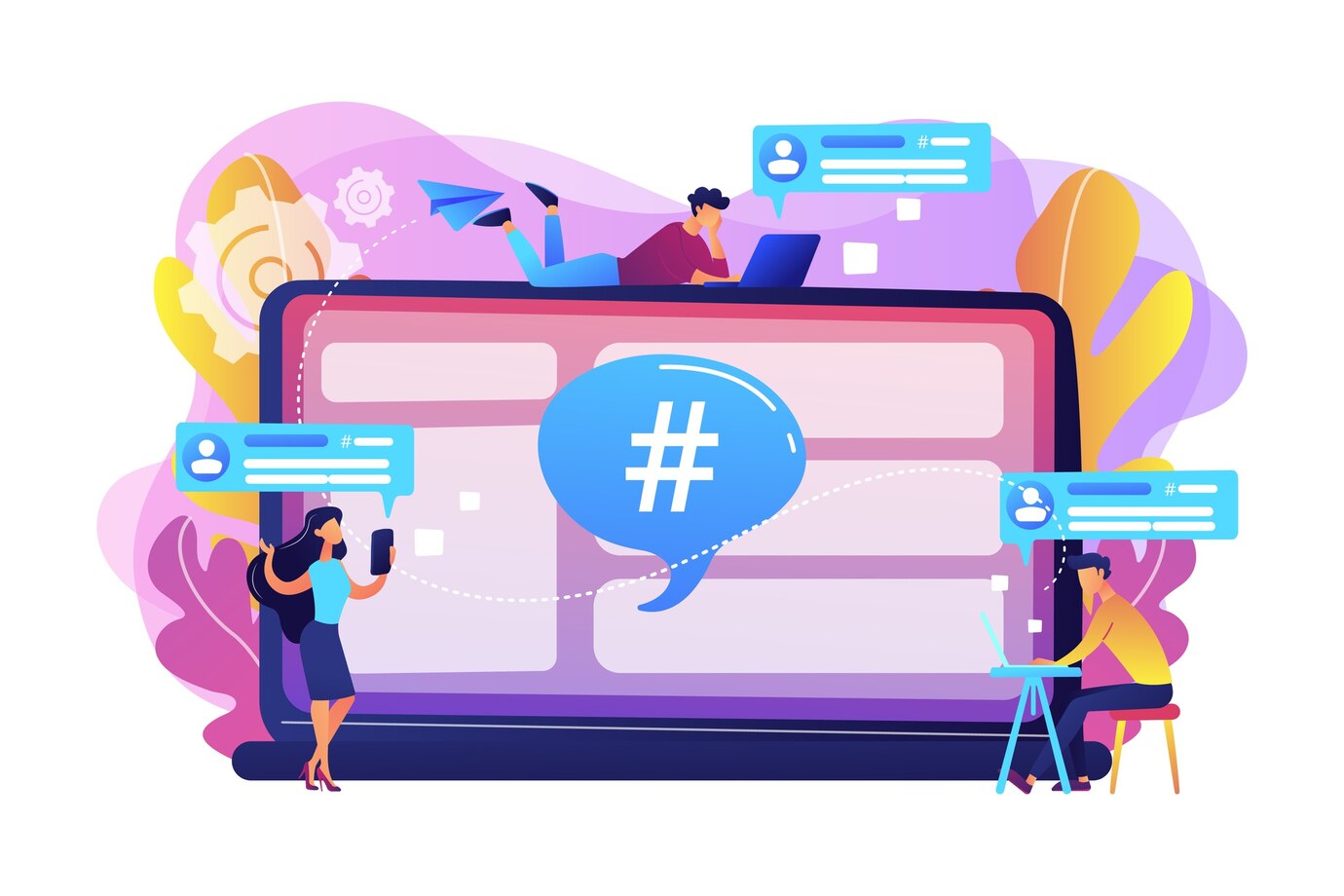Forget dusty textbooks and passive lectures. Twitter is transforming classrooms into vibrant learning hubs, where students engage in real-time discussions, share concise summaries, and connect with experts. This article explores how educators are harnessing the power of microblogging to foster active learning, critical thinking, and a collaborative spirit.
Understanding Microblogging
Microblogging is a form of online communication where users can post short messages, often limited to a specific character count. Unlike traditional blogs or social media posts, microblogging focuses on brevity and immediacy. Twitter, one of the most popular microblogging platforms, allows users to share their thoughts, ideas, and updates in 280 characters or less per tweet.
This concise format encourages quick and to-the-point communication, making it ideal for sharing timely information or engaging in real-time conversations. Users can post about a wide range of topics, from personal reflections to professional insights, and receive immediate feedback from their followers.
One of the key characteristics of microblogging is its accessibility. Users can access Twitter from various devices, including smartphones, tablets, and computers, enabling them to stay connected and informed on the go. This accessibility promotes widespread participation and engagement, as users can easily contribute to conversations and follow updates from anywhere with an internet connection.
Twitter as a Microblogging Platform
Twitter, as a microblogging platform, offers a unique space for users to share their thoughts, opinions, and updates in short, concise messages known as tweets. With its character limit of 280 per tweet, Twitter encourages brevity and succinctness in communication.
Platform Overview
Twitter provides users with a streamlined interface designed for easy navigation and interaction. Users can create an account, customize their profile, and start posting tweets within minutes. The platform’s simplicity makes it accessible to users of all levels of technical proficiency, from beginners to seasoned social media users.
Key Features for Educational Purposes
In addition to its basic functionality, Twitter offers several features that make it particularly useful for educational purposes. These include hashtags, which allow users to categorize and search for tweets on specific topics, and mentions, which enable users to tag others in their tweets to initiate conversations or draw attention to their content. Twitter also supports multimedia content, such as images, videos, and gifs, enhancing the visual appeal and engagement of tweets. These features provide educators with versatile tools for creating interactive and engaging learning experiences for their students.
Benefits of Twitter in Education
Twitter has emerged as a powerful tool for educators seeking to enhance learning experiences through microblogging. By leveraging the platform’s unique features and functionalities, educators can transform traditional educational practices and engage students in new and innovative ways.
The benefits of incorporating Twitter into education are numerous and diverse:
- Enhanced Communication: Twitter facilitates seamless communication between educators, students, and peers, fostering collaboration and knowledge sharing.
- Increased Engagement: The interactive nature of Twitter encourages active participation and engagement among students, leading to deeper learning and understanding of course material.
- Global Connectivity: Twitter breaks down geographical barriers, allowing educators and students to connect with individuals and resources from around the world, expanding their perspectives and horizons.
- Real-Time Updates: Educators can use Twitter to provide real-time updates and announcements, keeping students informed about important course-related information, events, and deadlines.
- Networking Opportunities: Twitter offers students and educators a platform to network with professionals, experts, and thought leaders in their field, creating valuable opportunities for mentorship, collaboration, and career advancement.
Overall, Twitter’s versatility and accessibility make it a valuable tool for educators looking to create dynamic and engaging learning environments that foster collaboration, communication, and critical thinking skills among students.
Challenges and Solutions
| Challenges | Solutions | Additional Support |
| Privacy Concerns | Educators can establish clear guidelines for privacy settings and educate students on how to protect their personal information. Additionally, educators can utilize private Twitter accounts or closed groups to maintain confidentiality. | Utilize resources such as privacy settings tutorials and online safety workshops to empower students with the knowledge and skills to navigate social media safely. |
| Information Overload | Educators can encourage students to curate their Twitter feeds by following relevant accounts and using lists to organize content. Teaching students how to filter information effectively can help them focus on relevant and valuable resources. | Provide guidance on critical thinking and information evaluation techniques to help students discern credible sources and avoid misinformation. |
| Distractions | Implementing strategies such as setting specific times for Twitter use, incorporating Twitter activities into lesson plans, and providing guidance on responsible social media usage can help mitigate distractions and keep students focused on educational objectives. | Collaborate with students to develop personalized learning plans that integrate Twitter use in meaningful ways, aligning with their interests and learning goals. |
Addressing these challenges proactively can ensure that Twitter serves as a valuable tool for enhancing learning experiences rather than a source of frustration or distraction.
Measuring Success and Impact
Measuring the success and impact of integrating Twitter into education requires careful consideration of various metrics and indicators. One approach is to assess quantitative data such as engagement levels, including likes, retweets, and replies to tweets related to educational content. Analyzing these metrics can provide insights into the level of student participation and interaction with course material.
Qualitative feedback is equally important in gauging the effectiveness of Twitter in education. Surveys, interviews, and student testimonials can offer valuable perspectives on the perceived benefits and challenges of using Twitter as a learning tool. This qualitative data can shed light on the extent to which Twitter enhances communication, collaboration, and engagement among students and educators.
Furthermore, evaluating the alignment of Twitter usage with learning objectives and educational outcomes is crucial. Assessing whether Twitter activities contribute to achieving desired learning outcomes, such as improved critical thinking skills, digital literacy, or subject knowledge, can inform future instructional strategies and enhance the overall effectiveness of Twitter integration in education.
Twitter Tools and Resources for Educators
Twitter offers a plethora of tools and resources specifically designed to enhance the educational experience for both educators and students. These include:
Educational Twitter Chats and Communities:
- Participating in Twitter chats dedicated to education allows educators to connect with peers, share best practices, and engage in discussions on relevant topics.
- Joining educational communities and hashtags, such as #EdChat or #EduTwitter, provides opportunities for networking, collaboration, and professional development.
Twitter Analytics for Tracking Engagement:
- Utilizing Twitter’s built-in analytics tools enables educators to track engagement metrics such as impressions, clicks, and retweets for their tweets.
- Analyzing these metrics helps educators assess the effectiveness of their Twitter content and tailor their strategies to maximize engagement and reach.
Third-Party Tools for Managing Twitter in Education:
- Platforms like TweetDeck and Hootsuite offer advanced features for scheduling tweets, managing multiple accounts, and monitoring conversations, making it easier for educators to streamline their Twitter presence.
- Tools like Twiducate provide a safe and controlled environment for educators to integrate Twitter into classroom activities while maintaining privacy and security.
By leveraging these tools and resources, educators can harness the full potential of Twitter as a dynamic and interactive platform for enhancing learning experiences both inside and outside the classroom.

